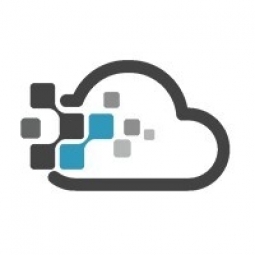Rescale
Case Studies
Accelerating Nanofluidics Research with IoT: A Case Study at the University of Kansas
Overview
 |
Accelerating Nanofluidics Research with IoT: A Case Study at the University of KansasRescale |
Analytics & Modeling - Digital Twin / Simulation Robots - Parallel Robots | |
Equipment & Machinery Life Sciences | |
Procurement Product Research & Development | |
Digital Twin Virtual Reality | |
Operational Impact
| The use of Rescale not only accelerated Eric's research by reducing the time taken for LAMMPS simulations, but also provided a user-friendly platform for running his jobs. The platform was able to support his specific version of LAMMPS and any custom scripts he wanted to upload. Furthermore, Rescale's customer support was quick and helpful, responding to Eric's queries within a few hours and providing useful guidance on setting up his LAMMPS job. This level of support and ease of use made the process of running jobs on Rescale straightforward and efficient, contributing to the overall success of Eric's research. | |
Quantitative Benefit
| LAMMPS simulations that usually took about 4 days to finish on local machines were completed in less than 12 hours on Rescale. | |
| The use of Rescale resulted in a significant productivity gain for Eric's research. | |


